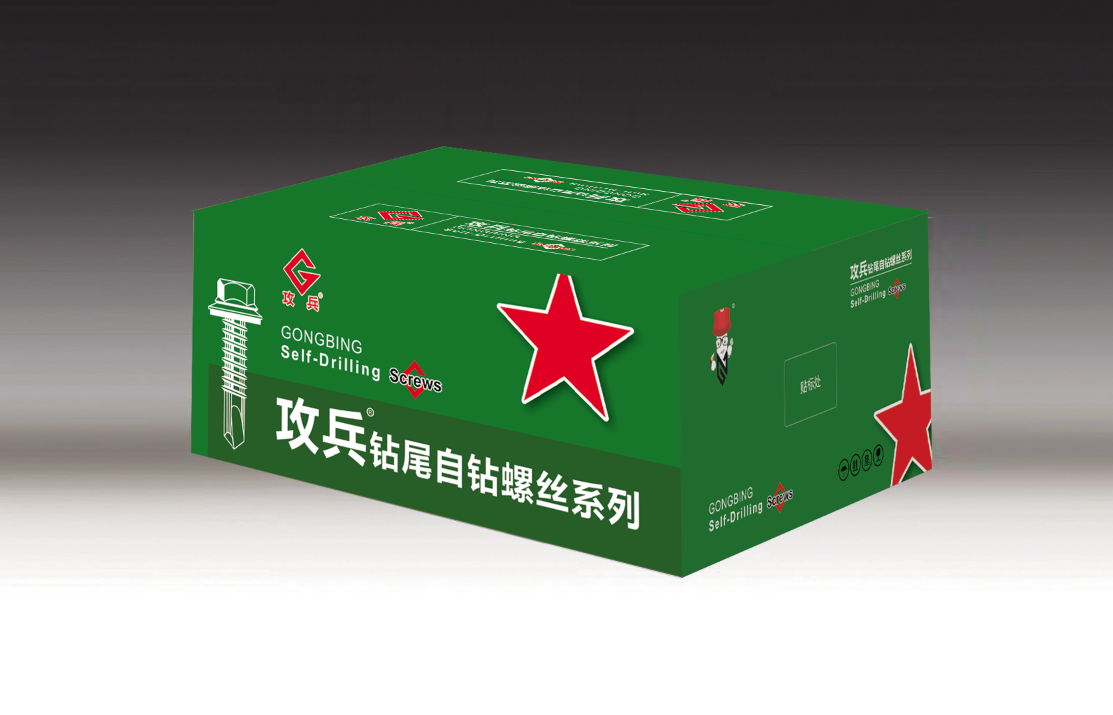stainless steel resin anchors
Understanding Stainless Steel Resin Anchors A Comprehensive Guide
In the construction and engineering sectors, the integrity of fixtures is paramount. Among the various fastening solutions available, stainless steel resin anchors have gained immense popularity due to their durability, strength, and resistance to environmental factors. This article explores what stainless steel resin anchors are, their advantages, applications, installation methods, and maintenance tips.
What are Stainless Steel Resin Anchors?
Stainless steel resin anchors combine the robust properties of stainless steel with the bonding capabilities of epoxy or polyester resin. These anchors are designed for use in concrete, brick, and masonry substrates, providing a reliable and secure point of attachment for various structures and components. Resin anchors utilize a chemical bonding process, which involves mixing resin with a catalyst that hardens over time, forming a strong bond between the anchor and the substrate.
Advantages of Stainless Steel Resin Anchors
1. Corrosion Resistance One of the standout features of stainless steel is its superior resistance to corrosion. This property makes stainless steel resin anchors ideal for use in harsh environments, such as coastal areas and industrial settings where exposure to moisture, chemicals, and other corrosive agents is common.
2. High Load Capacity The combination of stainless steel with resin ensures that these anchors can bear significant loads. This makes them suitable for heavy-duty applications, where the strength of the anchor is crucial for safety and performance.
3. Versatility Stainless steel resin anchors come in various sizes and shapes, accommodating different project requirements. They can be used for attaching fixtures, mounting equipment, or providing structural support.
4. Ease of Installation Resin anchors are relatively easy to install, requiring minimal tools and equipment. The installation process is quick, which can save time and labor costs on construction projects.
5. Non-Expansive Unlike some mechanical anchors that expand when installed, resin anchors do not create undue stress on the substrate. This feature is particularly advantageous when working with brittle or sensitive materials.
Applications of Stainless Steel Resin Anchors
Stainless steel resin anchors are used in a wide array of applications, including
- Building Facades For securing cladding, signage, and awnings to buildings. - HVAC Systems Mounting heavy HVAC equipment safely and securely. - Bridges and Structures Providing structural reinforcement in bridges and other civil engineering projects. - Marine Installations Used in docks, piers, and other marine environments where corrosion resistance is crucial. - Industrial Equipment Supporting machinery, conveyors, and other equipment in factories and warehouses.
stainless steel resin anchors

Installation of Stainless Steel Resin Anchors
The installation of stainless steel resin anchors involves a few key steps
1. Preparation Start by selecting the appropriate anchor size based on the load requirements and drilling the appropriate-sized hole in the substrate.
2. Cleaning Remove any dust, debris, or contaminants from the hole to ensure a strong bond between the resin and the substrate.
3. Mixing the Resin According to the manufacturer's instructions, mix the resin and hardener components to activate the bonding process.
4. Injection Inject the mixed resin into the hole, filling it to the required depth.
5. Insert the Anchor Insert the stainless steel anchor into the resin-filled hole, ensuring it is aligned correctly.
6. Curing Allow the resin to cure as per the manufacturer's guidelines. This process may take several hours to a few days, depending on the type of resin used and environmental conditions.
Maintenance of Stainless Steel Resin Anchors
While stainless steel resin anchors are designed for durability, some maintenance can enhance their longevity. Regular inspections should be conducted to identify any signs of wear or damage. Ensure the anchor remains securely fastened, and check for any visible corrosion on the stainless steel. If any issues are detected, replace or repair the anchors promptly to maintain structural safety.
Conclusion
Stainless steel resin anchors are essential components in modern construction and engineering, providing reliable solutions for fastening and supporting structures. Their corrosion resistance, strength, and ease of installation make them a preferred choice across various industries. By understanding their applications, installation procedures, and maintenance requirements, professionals can ensure the safety and durability of their projects.
-
Weatherproof Plastic Expansion Anchors for OutdoorNewsJun.06,2025
-
Sustainability in the Supply Chain: Eco-Friendly TEK Screws ProductionNewsJun.06,2025
-
Load-Bearing Capacity of External Insulation FixingsNewsJun.06,2025
-
Double Head Bolts: Enhancing Efficiency in Industrial MachineryNewsJun.06,2025
-
Corrosion Resistance in Chipboard Screws: Coatings for Wholesale DurabilityNewsJun.06,2025
-
Butterfly Toggle Bolts : Enhancing Structural ResilienceNewsJun.06,2025
